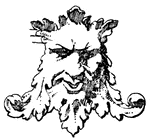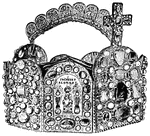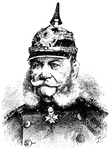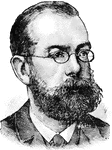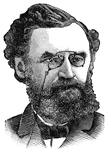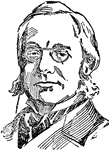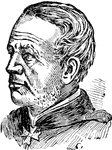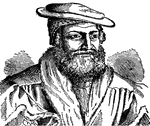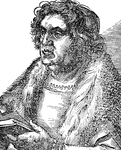
German Mask
Grottesque mask, German Resascence, pedestal of a column, tomb in Pforzheim. By Hans von Trarbach.

Pisa Cathedral
The most remarkable campanile in the world is known everywhere as the "Leaning Tower of Pisa." Its construction…

First Minnesota Regiment
"Fort built around the officer's quarters of the First Minnesota Regiment, Colonel Sully, near Fair…

Encampment of Colonel Max Weber's Rifle Regiment
"Encampment of Colonel Max Weber's German Turner Rifle Regiment, Twentieth New York Volunteers, at Hampton…

Baron von Steuben
"Baron von Steuben, a trained German soldier, who had been a pupil of Frederick the Great, joined the…

Liberty Hall
Liberty Hall. Some time after the death of Governor Livingston this property was purchased by Lord Blingbroke,…

Germans
"Early Germans. These German ancestors of ours, for so we must consider them, since the chief element…

Almain-rivet
"One of a series of short pieces of metal sliding in slot-holes formed in overlapping plates of armor,…
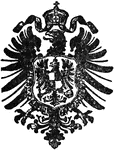
German Eagle
"The Eagle is an emblem in heraldry, war, and legend. The eagle, borne upon a spear, was used by the…

Iron Crown of Lombardy
"The Iron Crown was a golden crown, set with precious stones, with which anciently the kings of Italy,…
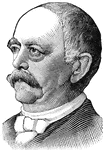
Prince Bismarck
Otto von Bismarck was the Duke of Lauenburg, Prime Minister of Prussia, and Chancellor of the North…

Helmuth von Moltke
Count von Moltke was the field marshal and chief of the staff of the German army.
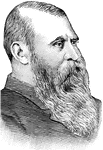
Herr Johann Most
Herr Most was an anarchist and disciple of the German agitator, Lasalle. When Most came to America,…

Herr Ludwig Windthorst
Ober-Appellationsrath in Kalbe and minister of justice at Hanover and finally chief syndic of the crown…
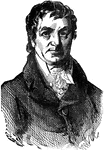
John Jacob Astor
"This enterprising merchant, founder of the American Fur Company, was born in a village near Heidelberg,…
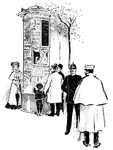
German Street Corner
"Each is as big around as a hogshead, and about fifteen feet high; it is covered with printed manner,…
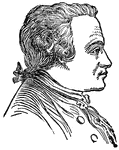
Immanuel Kant
A German philosopher and scientist. Kant is generally considered one of the greatest and most influential…
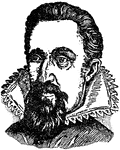
Johann Kepler
A key figure in the scientific revoluion, a German astrologer, astronomer, and mathematician of famed…
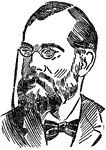
Robert Koch
A German physician. He became famour for the discovery of the anthrax bacillus, the tubercle bacillus…
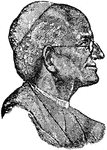
Leo XIII
Pope of Rome, son of Count Ludovico Pecci, born in Carpineto, Italy, March 2, 1810. In 1818 he entered…
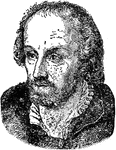
Philipp Melanchthon
A German theologian and writer of the Protestant Reformation and an associate of Martin Luther.
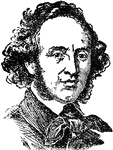
Mendelssohn
A German composer of the early Romantic period. he is often considered the greatest child prodigy after…

Johann Heinrich Pestalozzi
A German educator and educational reformer, born in Zurich, Switzerland, Jan. 12, 1746; died in Brugg,…

Printing Press
A mechanical device for printing multiple copies of a text on rectangular sheets of paper. It was invented…

William Roentgen
A German physicist, of the University of Wurzburg, who, on Nov. 8, 1895, produced and detected electromagnetic…
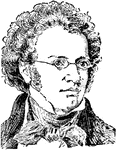
Franz Schubert
An eminent German musical composer, born in Vienna, Austria, Jan. 31, 1797; died Nov. 19, 1828.
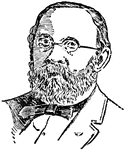
Rudolf Virchow
A German doctor, pathologist, prehistorian, biologist and politician. He is credited as the first to…
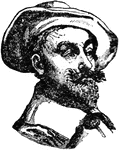
Albrecht Wallenstein
An eminent German soldier, born in Hermantz, Bohemia, Sept. 14, 1583; assassinated at Eger, Feb. 25,…
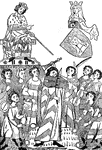
Master Heinrich Frauenlob
A Middle High German poet. He has a great talent for music, and held many court positions in Prague.
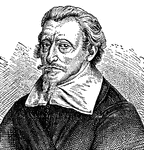
Heinrich Shuetz
A German composer and organist, generally regarded as the most important German composer. He wrote one…

Leopold Ranke
A German historian, frequently considered the founder of "scientific" history. Ranke set the tone for…
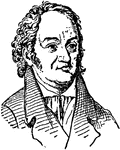
Jean Paul Richter
Johann Paul Friedrich Richter (1763-1825) German humorist; born in Wunsiedel, North Bavaria. He published…
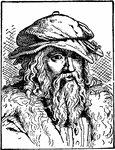
Georg Rollenhagen
A German poet; born in Bernau, Germany, April 22, 1542. His great work is the remarkable heroic comic…
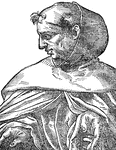
Albertus Magnus
Albertus Magnus was also known as Albert of Cologne and Saint Albert the Great. Magnus was a great German…
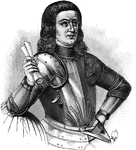
Martin Behaim
Martin Behaim (1459-1507), also known as Martin von Behaim and by various forms of Martin of Bohemia…

Petrus Apianus
(1495-1552) A famous German humanist, known for his works in mathematics, astronomy, and cartography.
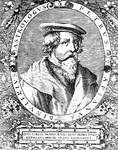
Petrus Apianus
(1495-1552) A famous German humanist, known for his works in mathematics, astronomy, and cartography.



